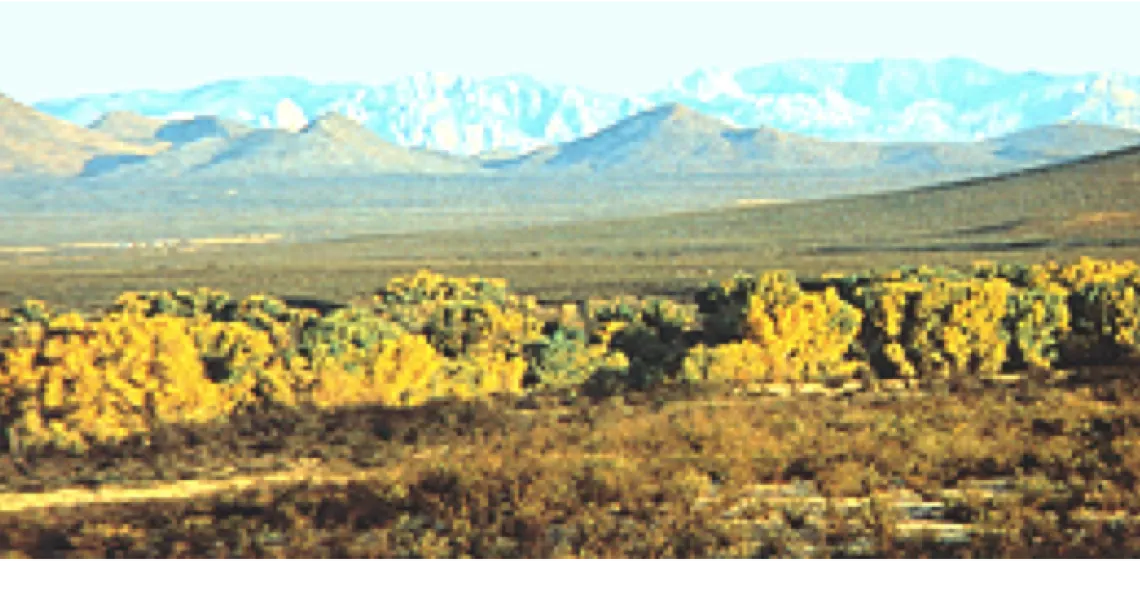
San Pedro River
Lead CCASS Contact: Christopher Scott
Viewed from the air, riparian corridors in arid regions are the narrow ribbons of trees along streams that shelter some of the most important biodiversity in the landscape. The combination of climate change, human withdrawals of water, and land use decisions threaten streamflow and shallow groundwater so crucial to these corridors.
Linked biophysical and societal stresses can push riparian systems across critical thresholds (tipping points beyond which return to earlier conditions is unlikely), resulting in loss of broader social-ecological resilience; that is, the capacity of systems to retain essential functions, including provision of water and other ecosystem services.
The project’s goal is to better understand how combined and interlinked changes in social and natural conditions and processes affects the resilience of riparian systems and, by extension, the ecosystem services these systems provide.
Research focused on two adjacent river systems: the Upper San Pedro River, flowing northward from Sonora, Mexico into Arizona in the United States, and the Upper Sonora River, flowing south within Sonora. The research involves creation of an “agent-based model” to translate complex interactions among environmental conditions, societal rules, and human practices into potential changes to the riparian corridors under study.
The project was supported by the National Science Foundation’s Dynamics of Coupled Natural and Human (CNH) Systems Program through AQUASEC – Center of Excellence for Water Security.

